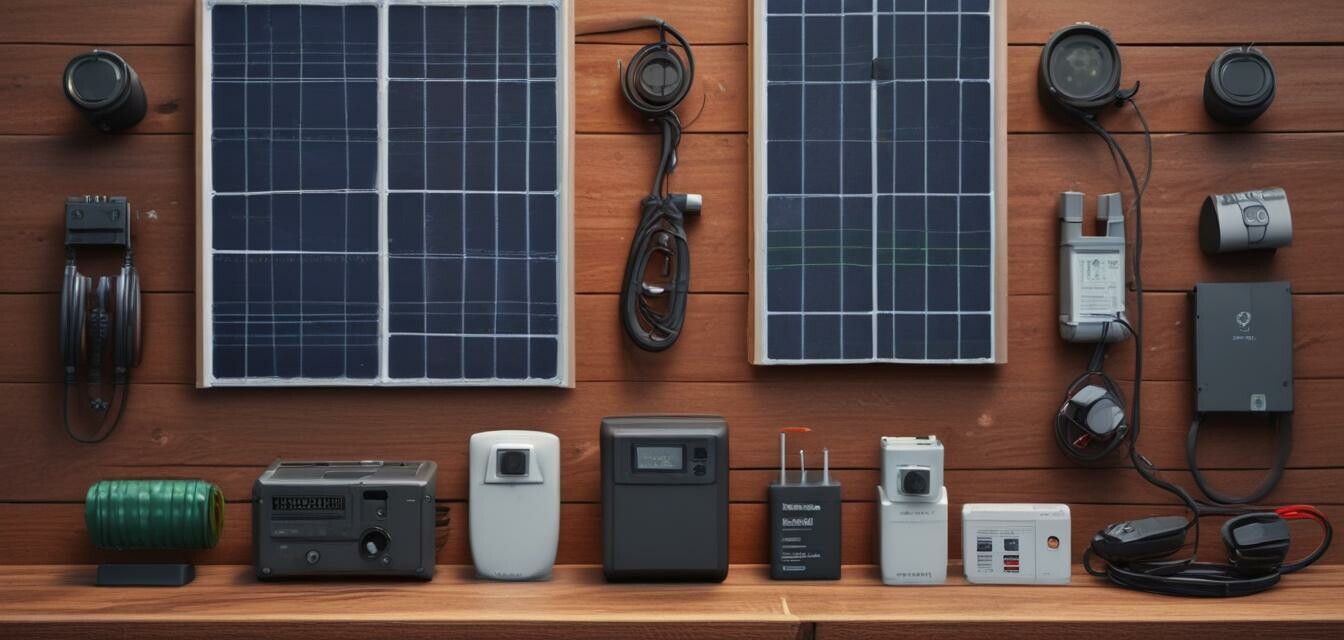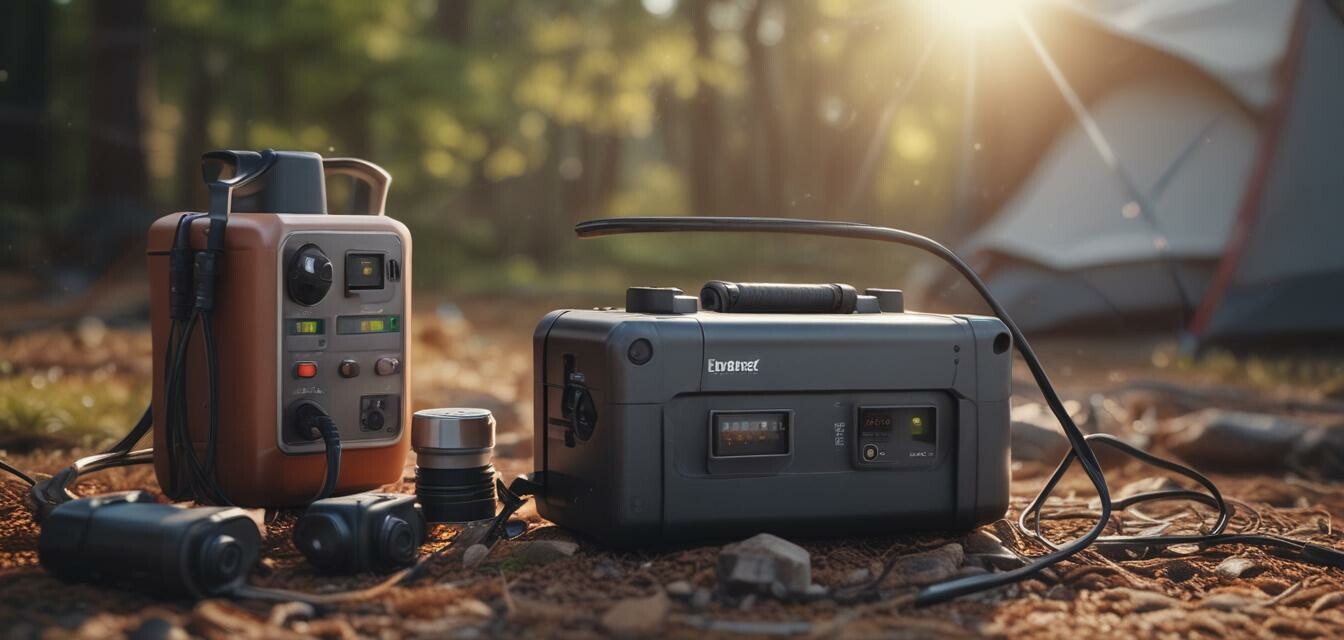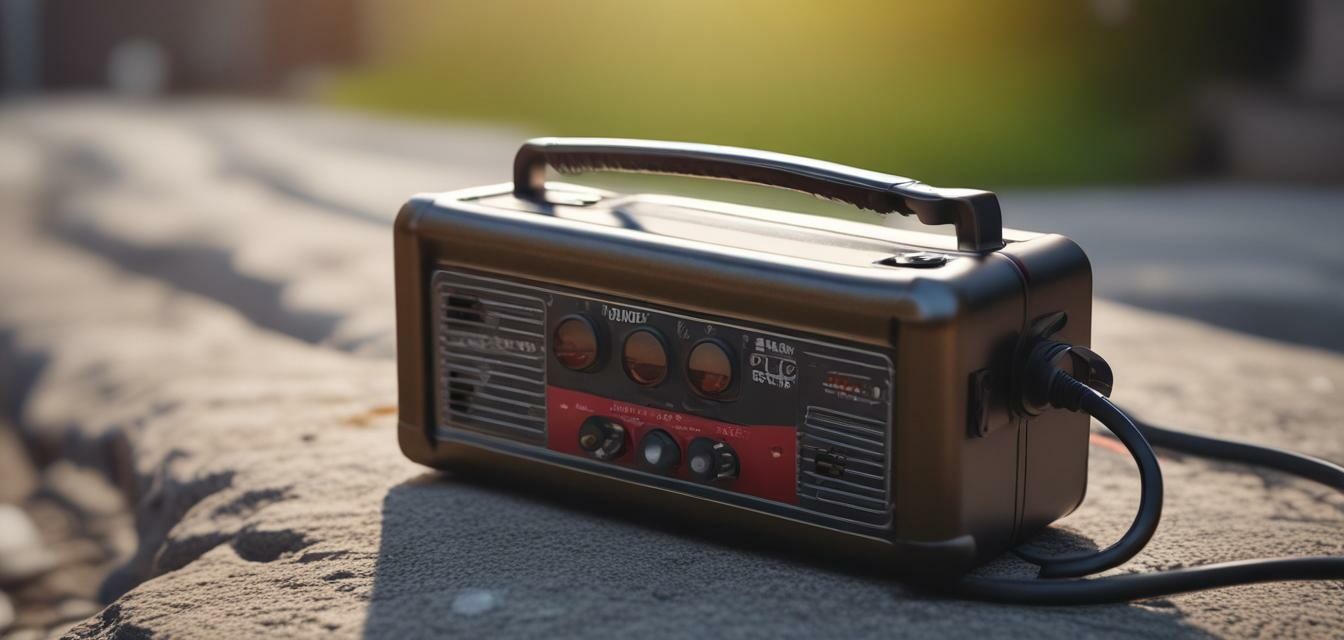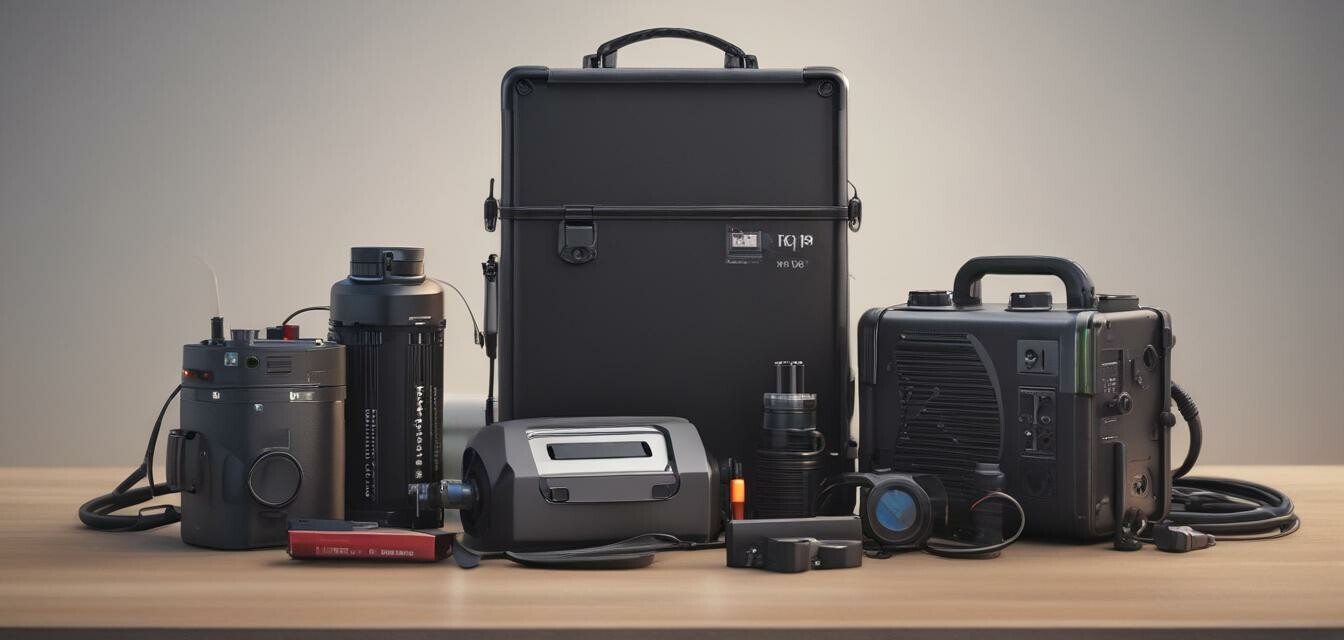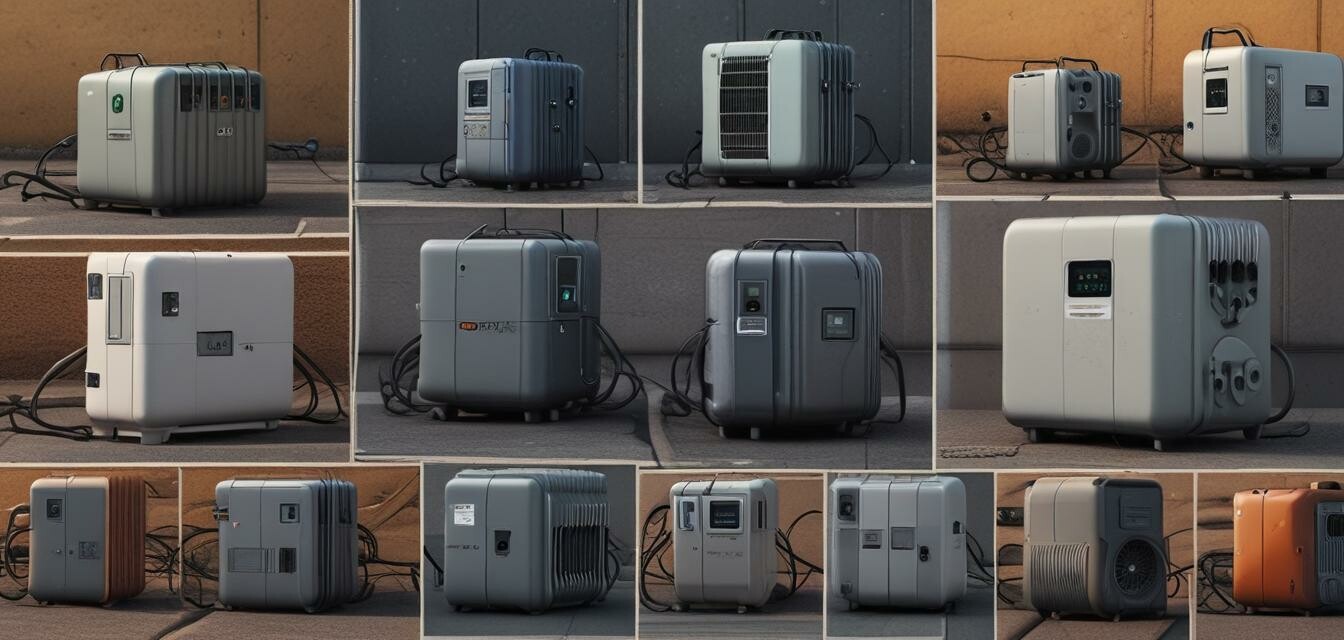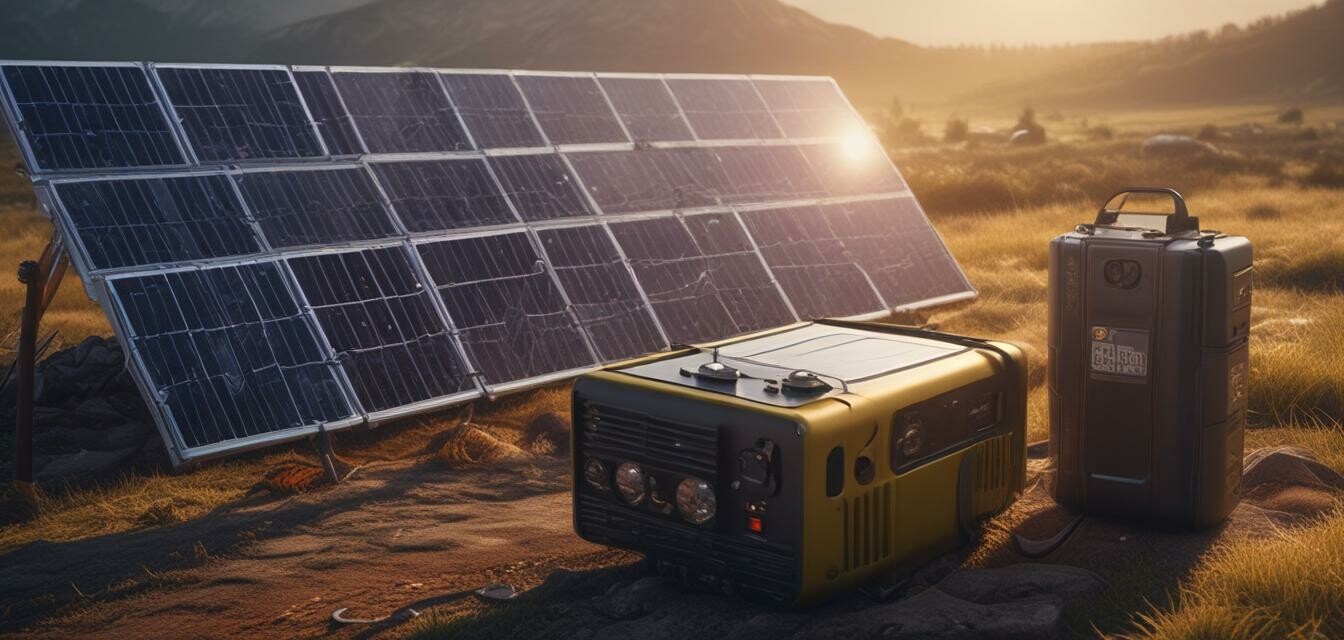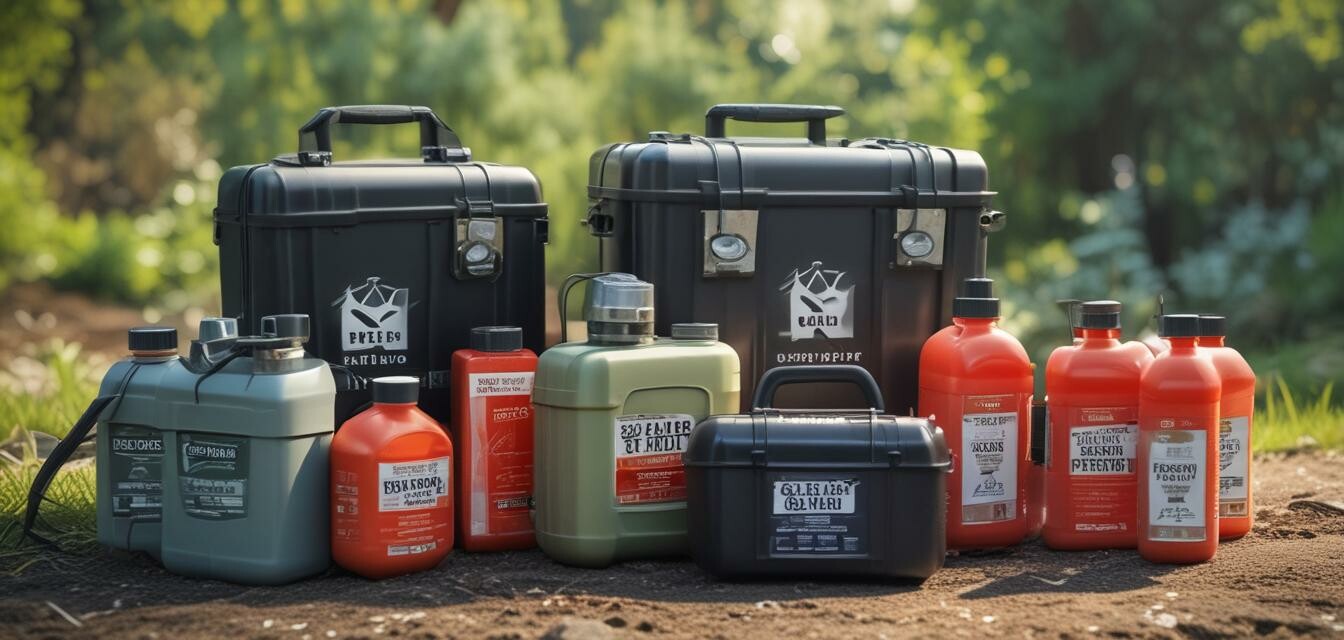
Types of Emergency Energy Kits
In today’s world, being prepared for emergencies is more important than ever. Whether it's a sudden power outage, natural disasters, or planned camping trips, a reliable energy backup system can make all the difference. In this article, we will explore various configurations of emergency energy kits and their uses.
Key Takeaways
- Emergency energy kits come in various types, tailored for different situations.
- Portable power stations are ideal for both outdoor activities and home backups.
- Solar charging kits provide sustainable energy solutions during long power outages.
- Proper configuration and understanding of your needs enhance your preparedness.
Overview of Emergency Energy Kits
Emergency energy kits are designed to ensure you have access to power when traditional sources fail. These kits can be customized based on individual needs, considering factors like power requirements, mobility, and duration of outage. Below are several types of emergency energy kits you should consider.
1. Battery Backup Systems
Battery backup systems are crucial for providing temporary power to essential devices. They come in various capacities and are perfect for medical devices, communications, or powering minor appliances during an outage.
| Feature | Description |
|---|---|
| Capacity | Ranges from 1000 to 10000 Wh |
| Runtime | Can last from a few hours to several days based on usage |
| Portability | Some models are designed for easy transport |

2. Portable Generators
Portable generators are versatile and powerful, making them great for both emergency and recreational use. They can supply energy for larger appliances, making them suitable for extended outages or camping trips.
Pros
- Ability to power multiple appliances
- High energy output
- Can be fuel-powered for longer runtimes
Cons
- Noise pollution during operation
- Requires fuel storage
- Can be heavy and difficult to transport
3. Portable Power Stations
Portable power stations are compact energy solutions that provide a range of ports and functionalities. They are perfect for charging personal electronics, running small appliances, and powering tools.
| Model | Battery Capacity | Output Ports | Weight |
|---|---|---|---|
| Model A | 500 Wh | 2 AC, 4 USB | 13 lbs |
| Model B | 1000 Wh | 3 AC, 2 USB-C | 20 lbs |
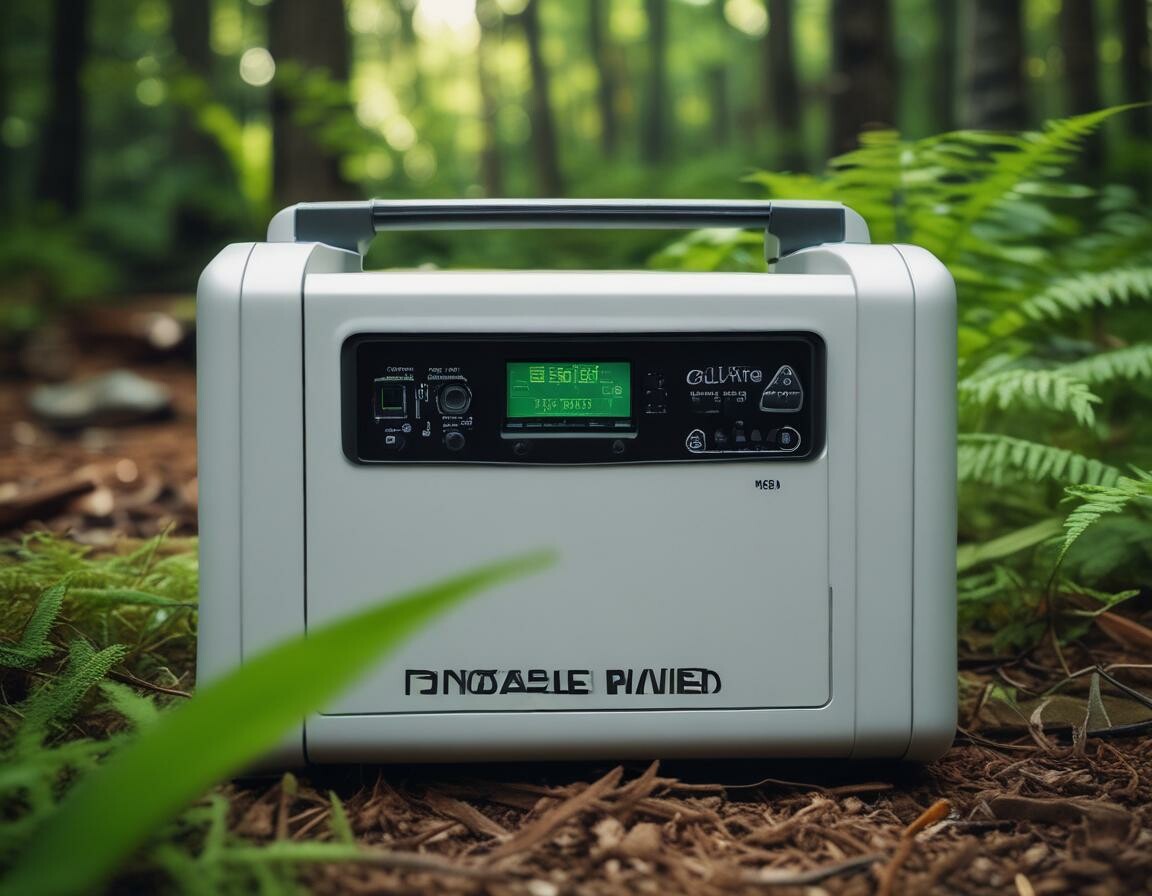
4. Solar Charging Kits
Solar charging kits offer a sustainable power option, especially useful during prolonged outages. They harness energy from the sun and can charge various batteries and devices efficiently.
Tips for Choosing the Right Emergency Energy Kit
- Assess your energy needs: Determine what devices you must power during outages.
- Consider portability: Choose kits that are easy to transport if you need to evacuate.
- Evaluate storage: Ensure you have the necessary space to store your energy kits safely.
- Read reviews: Look for customer feedback to understand the performance of different kits.
Types of Energy Kits Based on Usage
When categorizing emergency energy kits, consider their specific use cases:
- Home Emergency Kits: Perfect for outages, these manage all household needs.
- Outdoor Adventure Kits: Essential for camping, hiking, or recreational activities.
- Medical Needs Kits: Designed specifically to maintain power for medical devices.
Conclusion
Having a well-thought-out emergency energy kit can significantly enhance your preparedness during unforeseen situations. From battery backups to solar charging kits, understanding the different options available can help you make the best choice for your unique needs. Remember to regularly assess your energy needs and update your kits accordingly.
For more information on creating a customized emergency energy kit, check out our guides on Battery Backup Systems, Portable Power Stations, and Solar Charging Kits.

